When Flipper swam onto TV screens in 1964, it captivated millions with its lovable dolphin star and tropical adventures. But beneath the cheerful facade lies a layered story of innovation, controversies, and hidden truths. From the inspiration behind the show to the heart-wrenching fate of its dolphins, Flipper became a cultural phenomenon that sparked a love for marine life—and a wave of ethical debates. Whether you’re a lifelong fan or new to this classic, these 17 facts will forever change how you see this beloved 1960s series.
1. Flipper Was Played by Five Different Dolphins

Flipper wasn’t a solo performer—five female dolphins shared the role, each chosen for specific skills. Kathy, the primary dolphin, handled most close-ups, while Susie, Patty, Scotty, and Squirt performed tricks like jumping and tail-walking. A male dolphin named Clown was used for tail-walking scenes, as the females couldn’t master the move. Female dolphins were preferred for their calm demeanor and smaller, sleeker bodies. While this teamwork brought Flipper to life, it also spotlighted the complexities of training marine animals for entertainment, raising questions about their treatment.
2. Flipper Was Inspired by Lassie Come Home
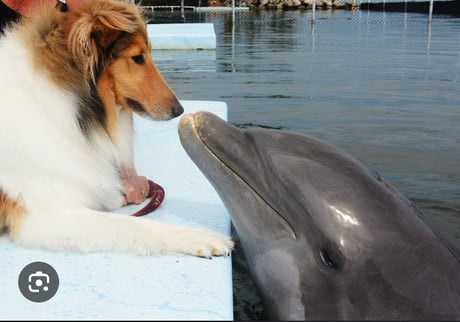
Flipper owes its existence to Lassie Come Home (1943). Ivan Tors, the creator of Flipper, admired the emotional bond between Lassie and her human companions and sought to replicate that connection in a marine setting. The result was the 1963 film Flipper, starring Chuck Connors, which followed a boy and his friendship with a rescued dolphin. The film’s success led to a sequel, Flipper’s New Adventure (1964), and the eventual TV series. By blending Lassie’s heartwarming charm with oceanic adventures, Flipper became a cultural phenomenon.
3. Flipper’s Voice Came from a Kookaburra
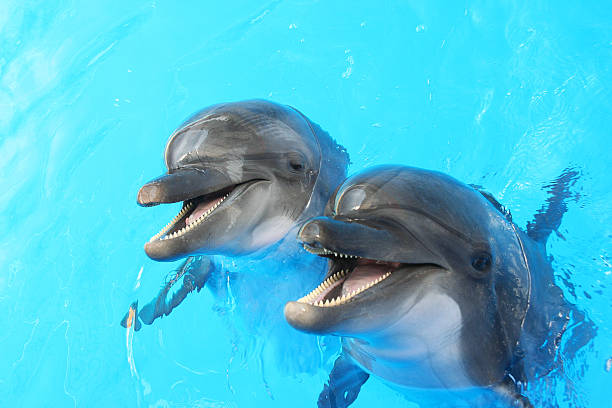
Flipper’s iconic chirps and squeals weren’t made by dolphins—they came from the call of a kookaburra, an Australian bird known for its distinctive laughing sound. Sound engineers sped up and edited kookaburra recordings to create Flipper’s unique voice, giving the dolphin an expressive and almost human-like personality. This clever audio trick helped bring Flipper to life on-screen and added to his charm, even if it wasn’t entirely authentic. The kookaburra’s “voice” became as much a part of Flipper’s character as his underwater antics.
4. Kathy’s Tragic Death Sparked a Movement
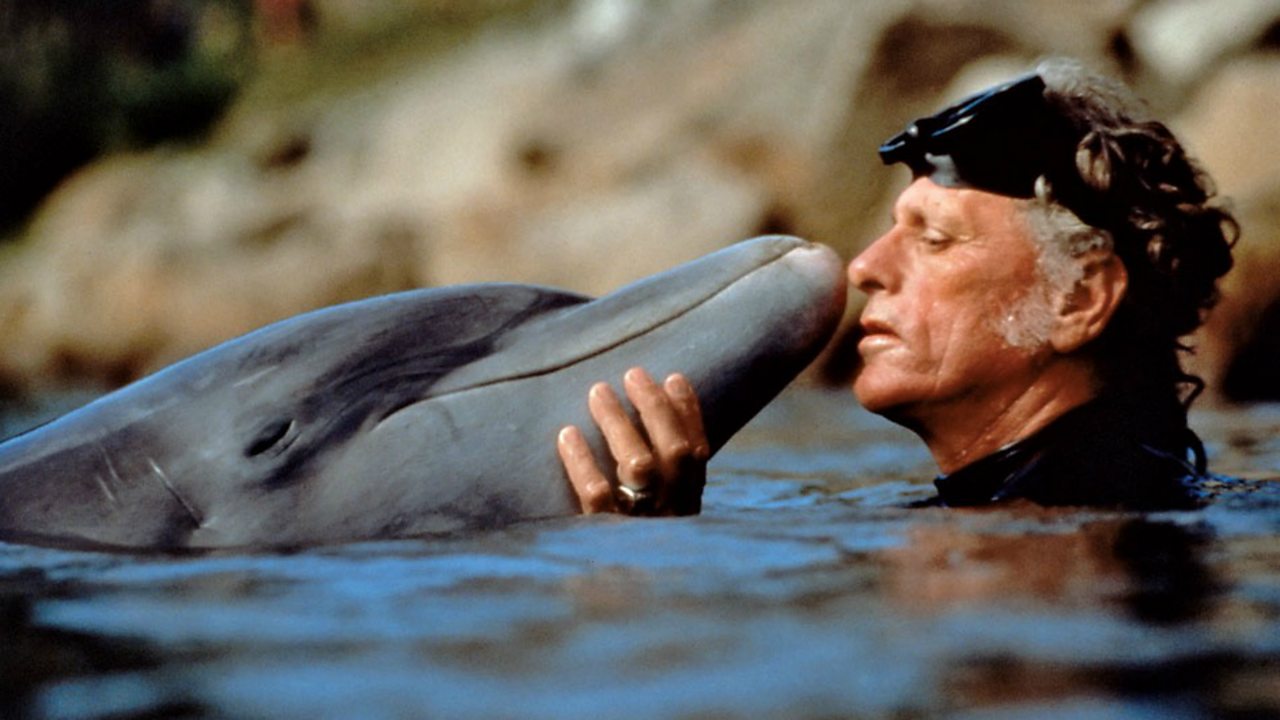
The Mirror
Kathy, the dolphin who starred in most of Flipper’s close-up scenes, died in her trainer Ric O’Barry’s arms in a heartbreaking moment. O’Barry claimed Kathy stopped breathing voluntarily, an act he interpreted as suicide since dolphins have control over their breathing. Devastated, O’Barry left the entertainment industry and became an outspoken advocate for marine animal rights. Kathy’s death highlighted the psychological toll of captivity on intelligent animals, sparking global conversations about the ethics of using dolphins in entertainment and inspiring the creation of the Dolphin Project.
5. The Dolphins Were Taken from the Wild
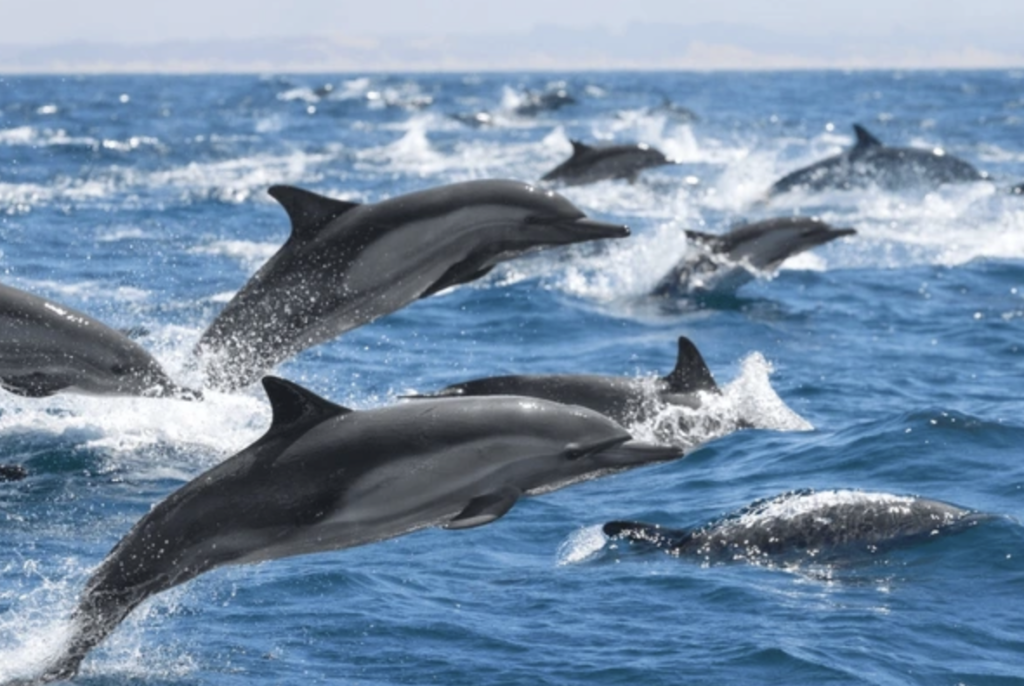
The dolphins used in Flipper were captured from the wild, often through violent “drive hunts.” Pods were herded into shallow waters, where some dolphins were sold into captivity while others were killed. These traumatic methods caused immense stress for the animals and devastated wild populations. The success of Flipper unintentionally fueled the demand for captive dolphins in marine parks worldwide, a practice conservationists now condemn. While the show brought awareness to dolphins’ intelligence, it also spotlighted the darker realities of their capture and captivity.
6. The Famous Theme Song Almost Didn’t Exist

Flickr
“Flipper! Flipper! Faster than Lightning!” became an unforgettable part of 1960s pop culture, but the theme song almost didn’t happen. Producers originally planned for instrumental music but decided a catchy jingle would make the show more memorable. Written by Henry Vars and Dunham Watkin, the upbeat tune became synonymous with Flipper’s adventures and added to the show’s charm. Fans still hum the theme today, proving it was a brilliant choice that cemented Flipper as a nostalgic favorite for generations.
7. The Show Was Filmed in Stunning Florida Locations
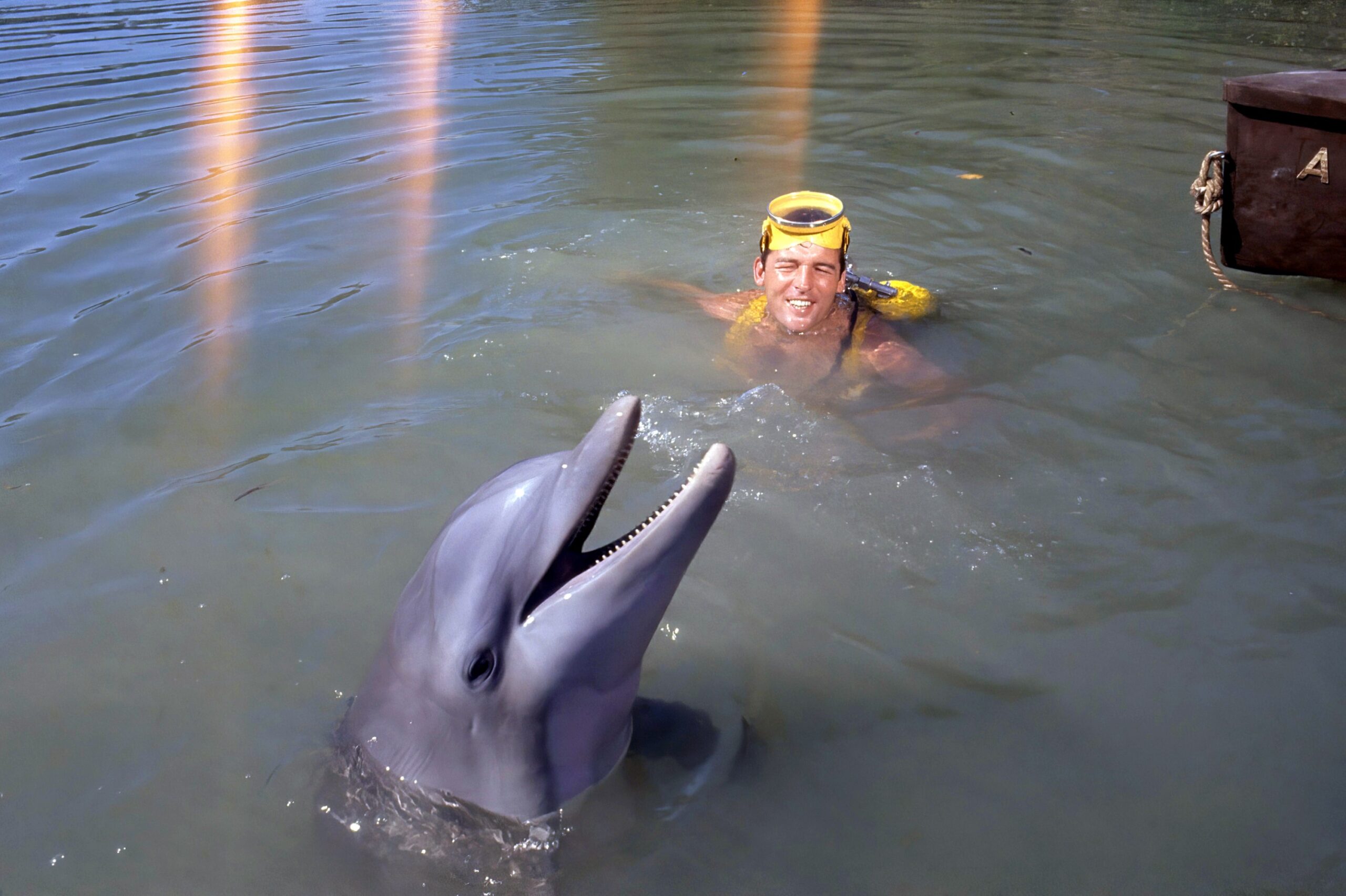
Florida’s gorgeous coastlines and tropical waters were the perfect backdrop for Flipper. Filmed at Key Biscayne, Biscayne Bay, and the Miami Seaquarium, the show’s vibrant locations became characters in their own right. These settings drew audiences into an idyllic world of adventure and marine life. The show also boosted Florida’s tourism industry, as fans traveled to see the filming locations and meet the “real” Flipper dolphins housed at the Seaquarium. Even today, these locations are linked to the legacy of this beloved series.
8. Flipper’s Gender Was a Creative Choice
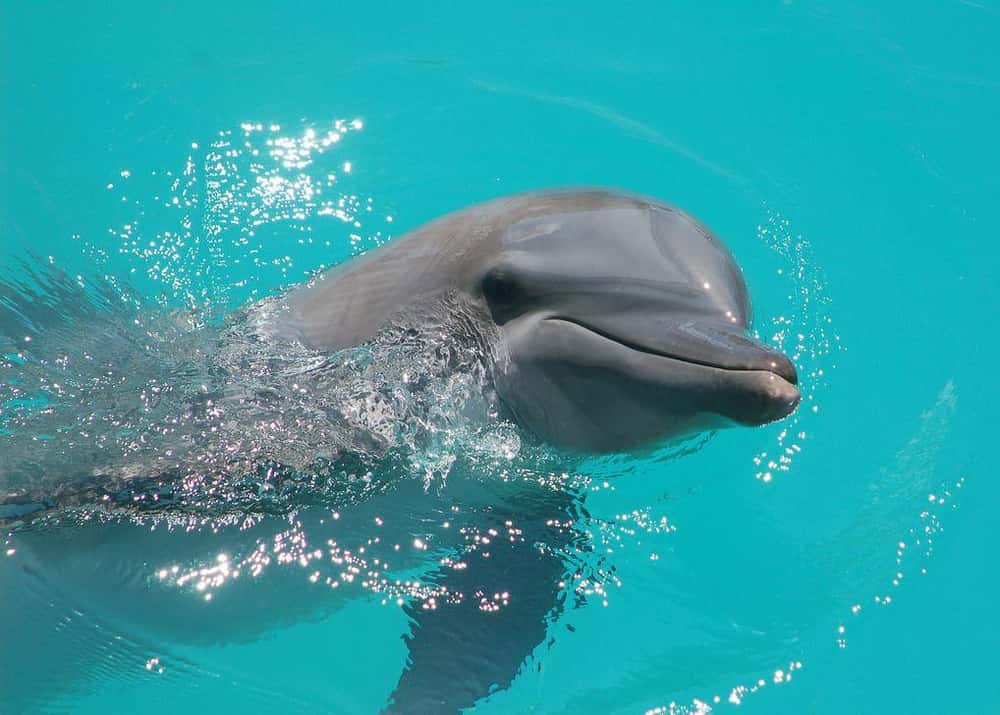
Although Flipper was portrayed as a male character, all the dolphins playing him were female. Female dolphins were easier to train due to their calm temperament and were less aggressive than males. Additionally, their smaller size and sleeker appearance suited the production’s needs. The decision was purely practical, but it created an intriguing behind-the-scenes detail. Flipper’s on-screen identity as a heroic male dolphin adds an interesting layer to the real-life teamwork behind his portrayal.
9. The Show Had Unintentional Environmental Impacts
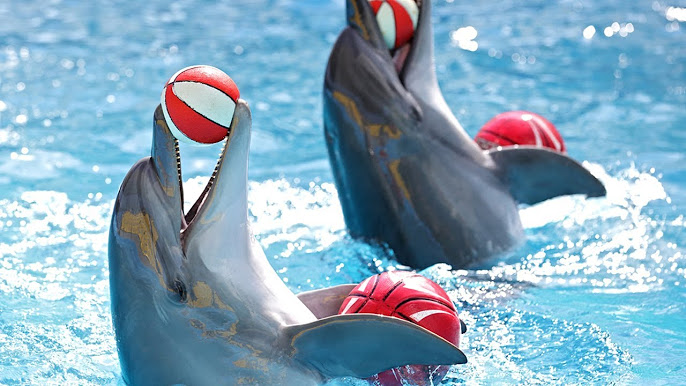
YouTube
While Flipper introduced millions to dolphins’ intelligence and charm, it also had unintended consequences. The show popularized dolphin captivity, leading to a surge in dolphinariums and marine parks. These facilities often faced criticism for their treatment of dolphins, as the demand for performances overshadowed concerns for the animals’ welfare. Though Flipper sparked fascination with marine life, it also contributed to practices conservationists now oppose, leaving a complex legacy that intertwines awareness and exploitation.
10. Brian Kelly’s Career Ended Tragically

Brian Kelly, who played Porter Ricks, was a rising star until tragedy struck in 1970. A motorcycle accident left him partially paralyzed, ending his acting career. Despite this setback, Kelly transitioned to producing, working on projects like Blade Runner. His portrayal of the protective and caring Porter Ricks remains iconic, adding depth and heart to Flipper. Kelly’s journey is both inspiring and bittersweet, reflecting the highs and lows of life in the entertainment industry.
11. The Dolphins Lived at the Miami Seaquarium

After filming, the dolphins who played Flipper were housed at the Miami Seaquarium, which also served as a primary filming location. The Seaquarium became a tourist hotspot, with fans flocking to meet the “real” Flipper and see where the magic happened. While the Seaquarium capitalized on the show’s success, it later faced scrutiny for its treatment of marine animals, including its long-captive orca, Lolita. The facility’s connection to Flipper adds a bittersweet layer to its history, tying nostalgia to ongoing debates about marine animal welfare.
12. Guest Stars Went On to Hollywood Fame
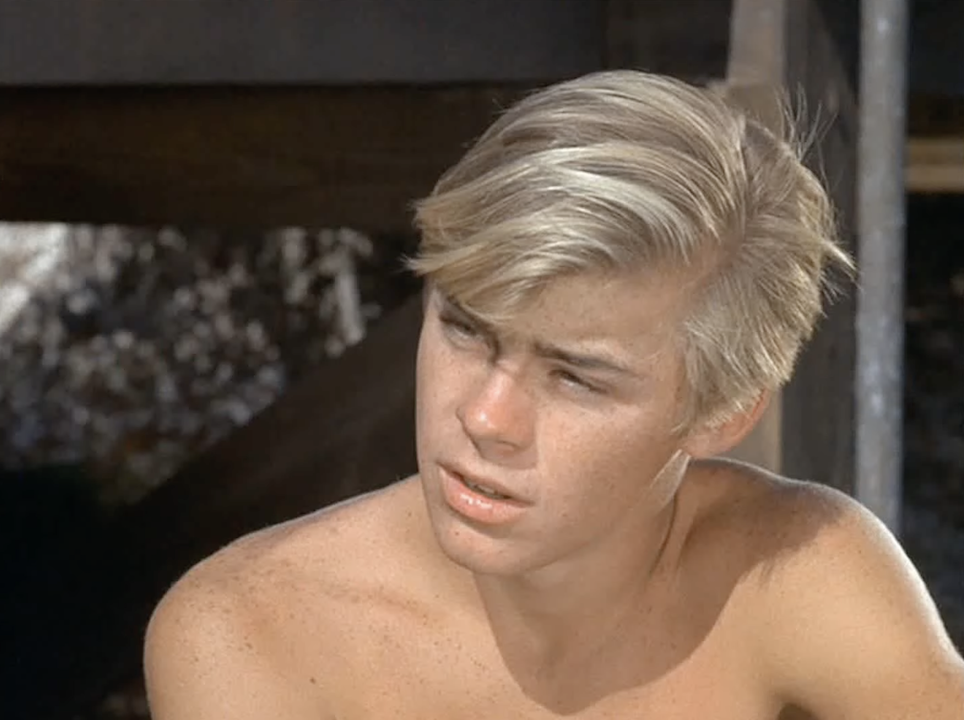
YouTube
The show wasn’t just a springboard for dolphins, it also helped launch human careers. Flipper featured several guest stars who later achieved fame, including a young Martin Sheen, who appeared as a marine biologist in one episode. Luke Halpin, who played Sandy Ricks, became a teen idol during the show’s run. These appearances highlighted the show’s broader cultural impact and gave rising stars a platform to shine alongside its aquatic main character.
13. Ricou Browning Was a Scuba Legend
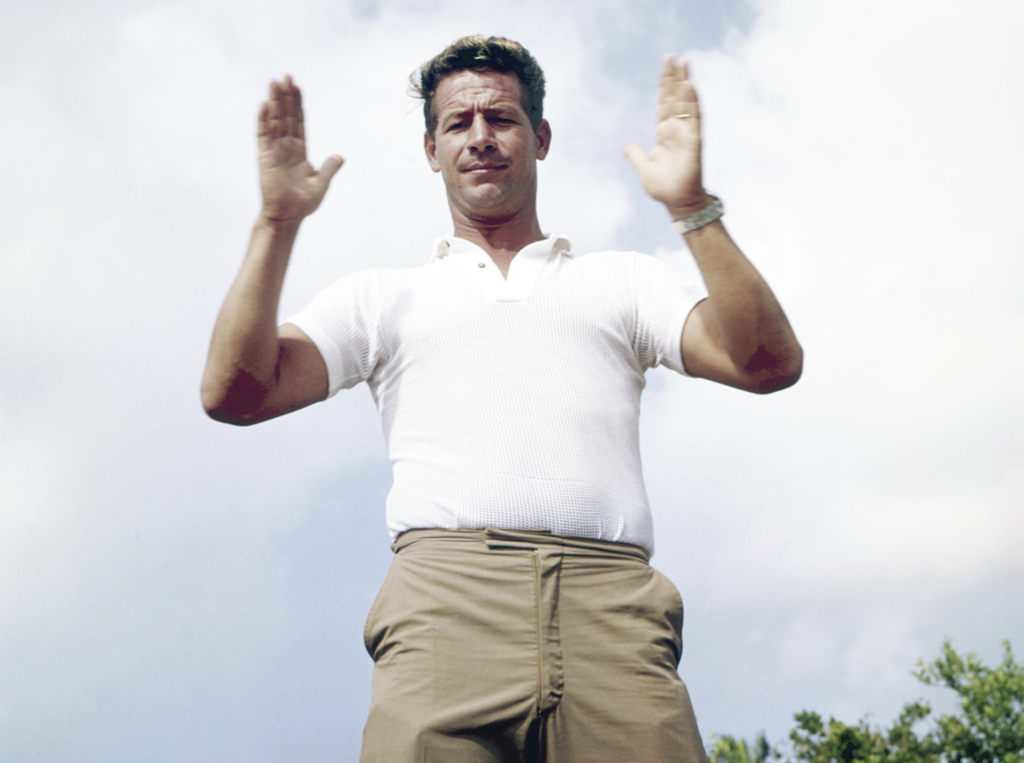
Everett collection
Ricou Browning, co-creator of Flipper pioneered underwater filmmaking and the creative force behind the show’s stunning aquatic scenes. Known for playing the Creature in Creature from the Black Lagoon, Browning brought his expertise to the series, ensuring its underwater sequences were visually stunning and authentic. His innovative techniques set new standards for underwater cinematography, making Flipper a trailblazer for marine-themed entertainment. Browning’s contributions helped shape the show’s adventurous and awe-inspiring tone.
14. Flipper Boosted Dolphinariums Worldwide

The massive popularity of Flipper fueled the rise of dolphinariums and marine parks around the globe. Families flocked to these attractions, eager to see dolphins perform tricks like their TV heroes. While this increased awareness of marine life, it also highlighted the darker side of captivity. Dolphins faced stressful conditions and demanding schedules, sparking criticism from animal rights groups. The show’s role in this phenomenon remains a contentious aspect of its legacy, blending inspiration with unintended consequences.
15. Kathy’s Death Exposed Captivity’s Toll

Kathy’s heartbreaking death exposed the emotional and psychological toll captivity can take on dolphins. Her trainer, Ric O’Barry, left the entertainment industry after her passing and founded the Dolphin Project, a global campaign to end dolphin captivity. Kathy’s story became a rallying cry for marine conservation efforts and influenced public perception of dolphin captivity worldwide. Her death remains one of the most poignant moments in Flipper’s history, symbolizing the hidden costs of entertainment at the expense of animal welfare.
16. Flipper-Inspired Generations of Animal Lovers
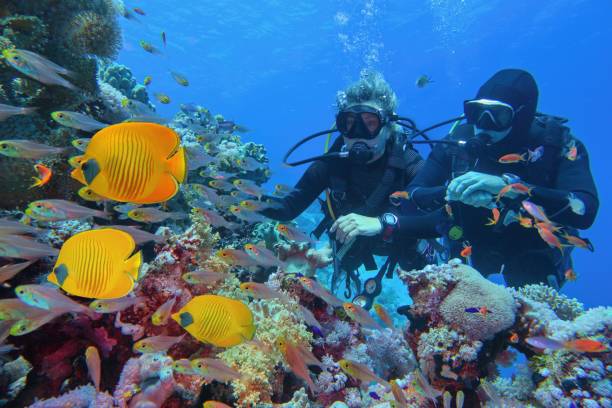
Despite its controversies, Flipper inspired millions to appreciate marine life and sparked careers in marine biology and conservation. The show highlighted dolphins’ intelligence, playfulness, and emotional depth, creating a sense of wonder for audiences young and old. Many viewers credit Flipper for fostering their fascination with the ocean and its creatures, proving that even amid its ethical complexities, the show left a positive impact on environmental awareness and advocacy for marine wildlife.
17. Flipper Set the Stage for Modern Marine Adventures

Flipper wasn’t just a TV show—it was a template for future marine-themed entertainment. Its portrayal of dolphins as intelligent and heroic paved the way for films like Free Willy and Dolphin Tale. The show also influenced how marine life is depicted in pop culture, blending education with adventure. While its legacy is complicated by ethical concerns, Flipper remains a beloved classic that forever changed how audiences view the ocean and its remarkable inhabitants.
Flipper was more than just a feel-good TV show; it was a cultural phenomenon with a lasting legacy. From Kathy’s tragic death to the rise of dolphinariums and marine conservation, Flipper sparked important conversations about marine life and animal welfare. Decades later, the show still evokes nostalgia while reminding us of the ethical lessons learned along the way. Beneath the sunny surface lies a story as deep and complex as the ocean itself, making Flipper a true icon of its time.


